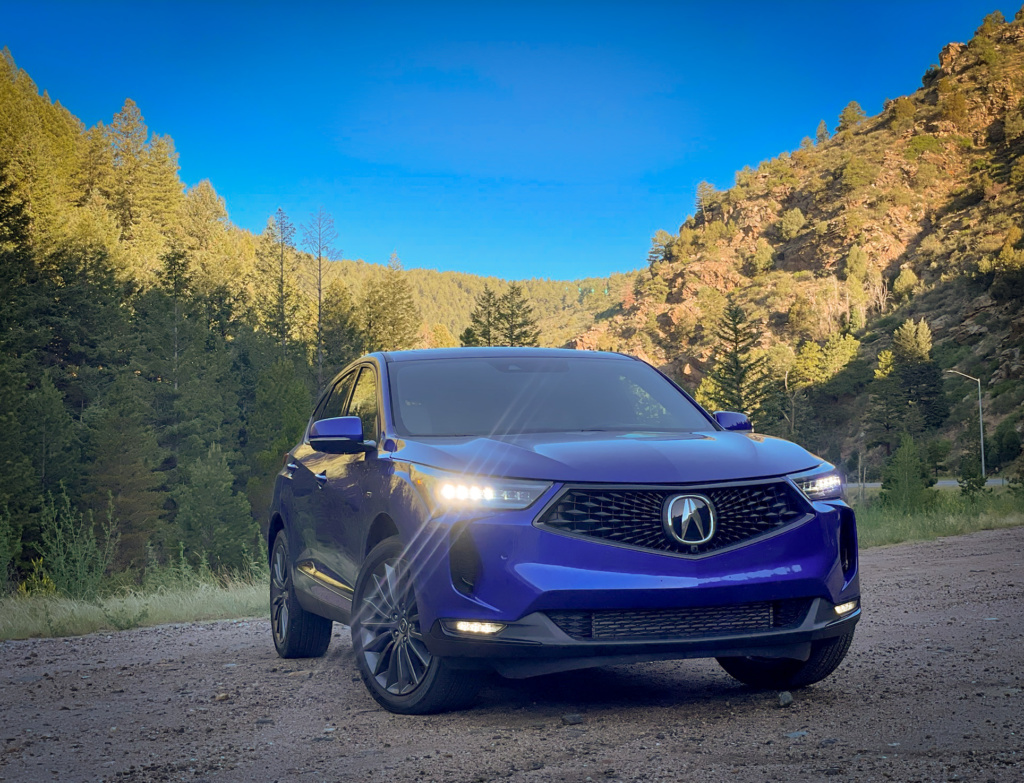
When the third-generation RDX arrived on the scene in 2019, it hit all the marks. A punchy turbocharged four-cylinder, super-handling all-wheel drive, a modern interior, and a big leap forward in infotainment technology placed the two-row crossover as a rightful competitor to the best in the segment all while under-cutting those Europeans by several thousands of dollars.
Now three years later, the RDX receives its scheduled refresh but instead of keeping pace with the rapidly progressing segment, the folks at Acura played an overly conservative hand.
Its exterior looks have been softened to match the face of the larger (and better proportioned) MDX while its most notable feature improvements focus on making the RDX quieter and smoother on the road with re-tuned dampers and improved interior noise-vibration-harshness with new and thicker noise insulation pads, extended application of acoustic glass, and an improved brake pedal feel. While this modest approach worked a decade ago, today’s faster-paced and more-daring market makes the RDX suddenly feel like it’s no longer the easy recommendation.
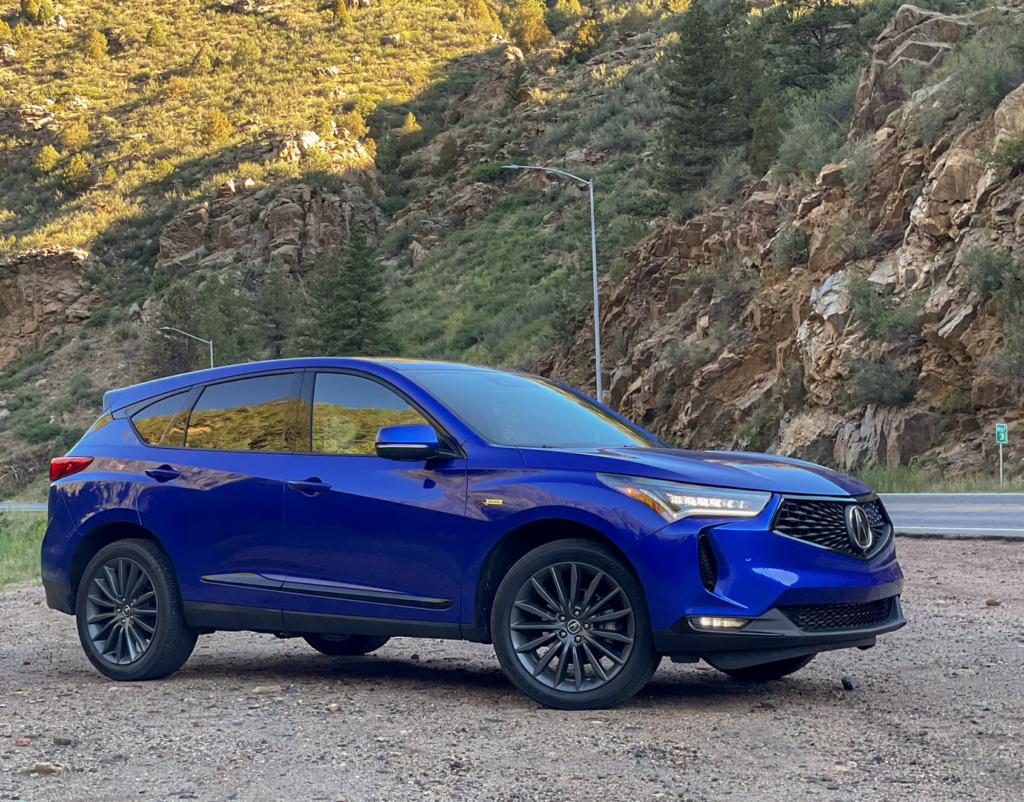
This top-of-the-line RDX model remains feature-rich and presents a very good value, however, there are several “I wish” moments – where the Acura feels a step behind the competition, despite its initial high impressions.
The gauge cluster is still dominated by physical dials – no issues with that – however, its digital driver information screen feels overly bland and as if was left out of the conversation regarding which vehicles would receive the modern and informative digital gauge cluster seen in the 2021 Acura MDX and the 2022 Acura Integra.
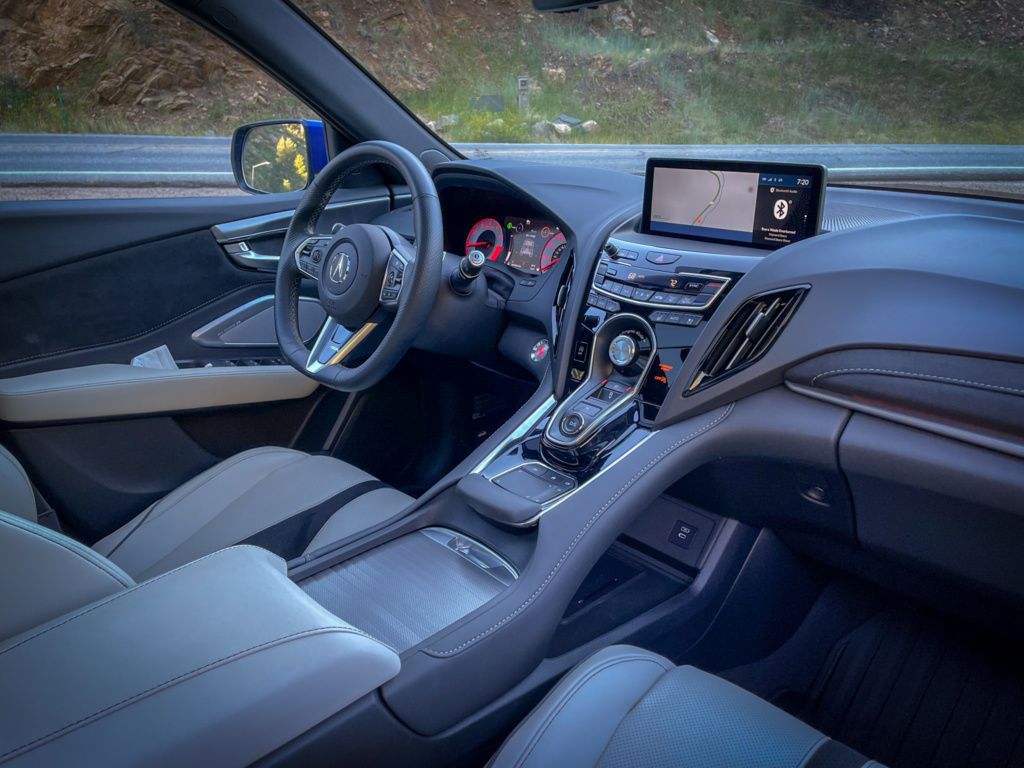
The center stack of buttons and knobs remains just as practical and as easy to appreciate as before – that’s the good stuff that never goes out of style – however, the large centrally-located integrated dynamic control knob seems to only remind us that, in three years, Acura has not offered a higher-performance version of the RDX – and one isn’t likely to show up before the next generation arrives.
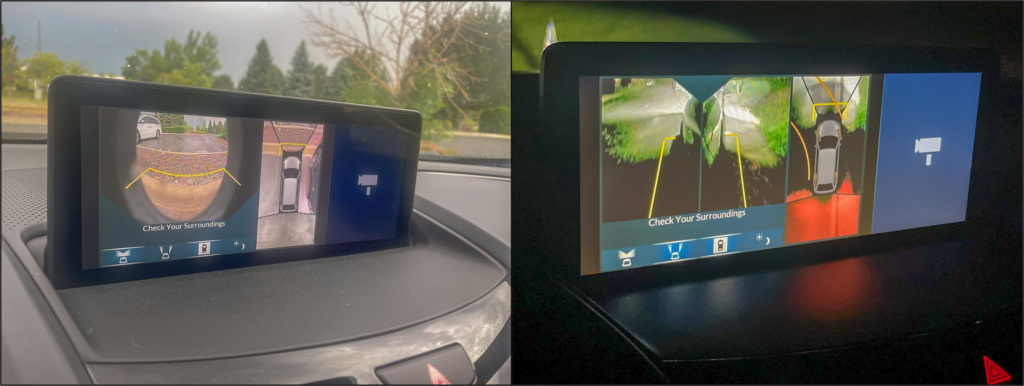
Acura promises that the differences between the driving modes has been made more distinct through enhanced engine sound and revised damper tuning, but RDX rarely feels like it’s about to overwhelm even its softest standard chassis setting. For someone looking for a true sporting experience, the Mercedes-Benz or BMW models might just be worth their significantly higher costs.
The infotainment system’s usability seems to still bring a wide range of opinions, and while personally I’m a fan, the system requires time to master and it feels increasingly distant from the near future where large touch screens dominate the interiors and their familiarity and ease-of-use (except when heading down a bumpy road) will over-rule the unique advantages of Acura’s remote touchpad. Also, the RDX’s wide and low dash layout forces a narrow central display screen and thus, a very small surround-view image – whose meaningful benefits are further hindered by its low definition.
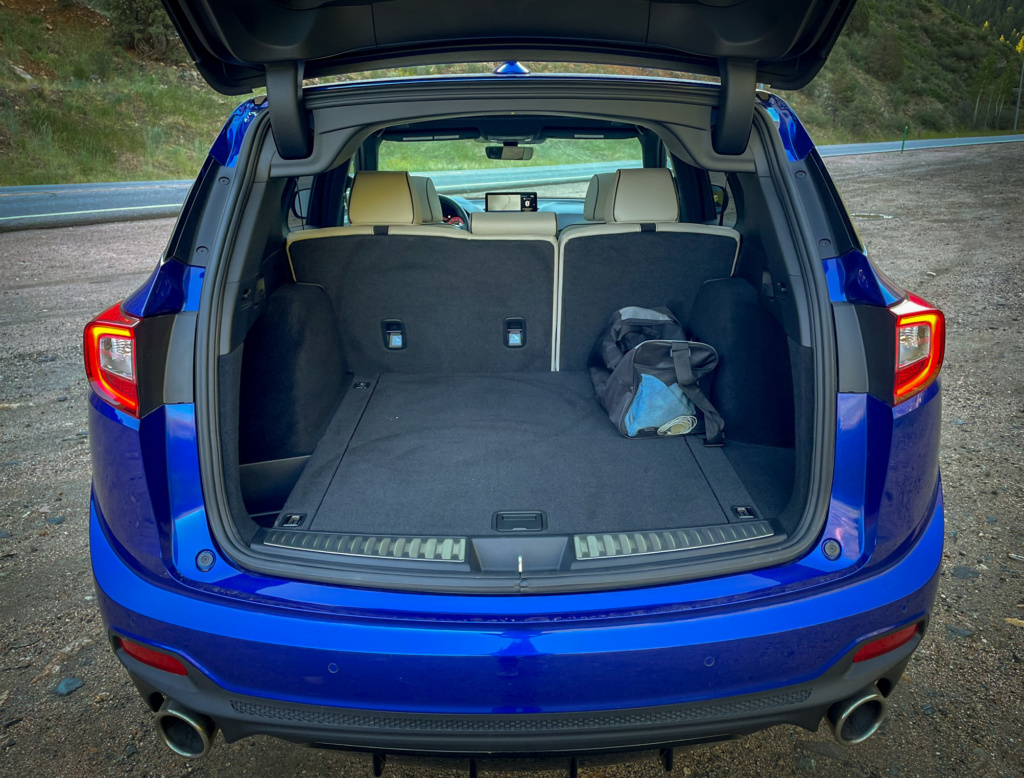
While it is without any significant updates, the core of the RDX is easy to appreciate. The engine still feels strong and the effect of the all-wheel-drive system’s outside wheel overdrive is very effective and allows for earlier power-on timing when coming out of the turn – making up some deficit to the more performance-oriented competition. The fit and finish of the exterior and interior is impressive and the materials are premium feeling enough for the price point. The RDX’s standard driving assist systems help make for easy long-distance drives while the interior is ready for a family’s holiday road trip to the in-laws. And when you’re ready to rock out, the powerful ELS sound system fills the cabin with incredible clarity.
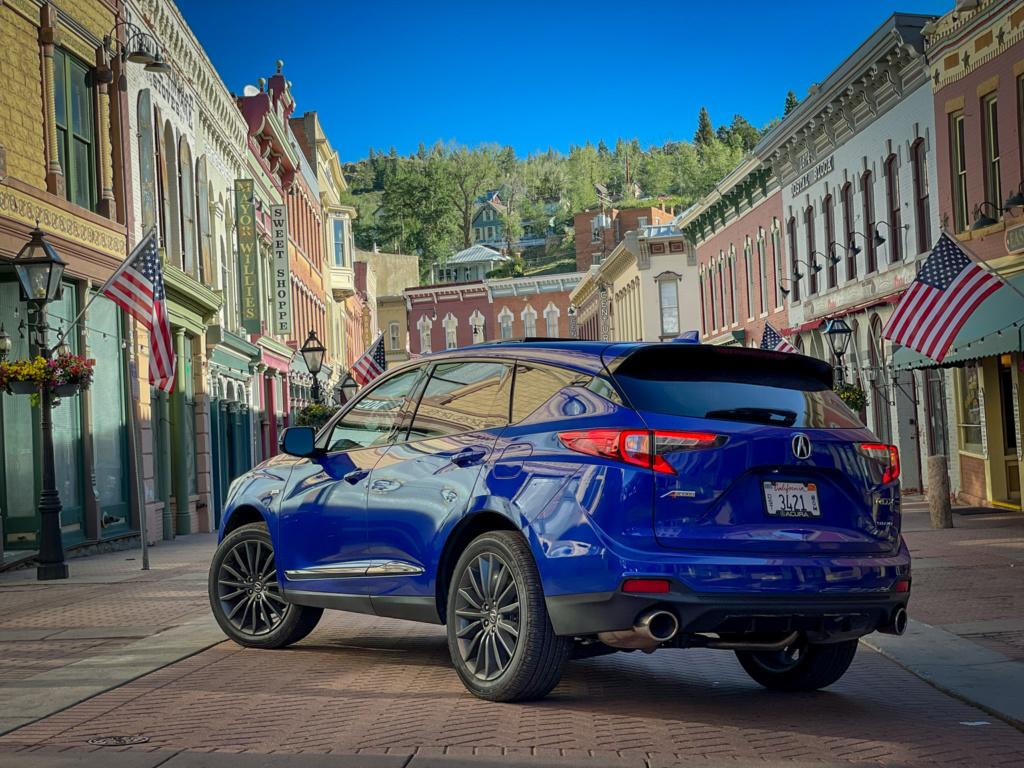
The RDX has the fundamentals of a premium crossover, however, making waves in today’s market requires more significant updates than what the RDX’s mid-generation update revealed.
